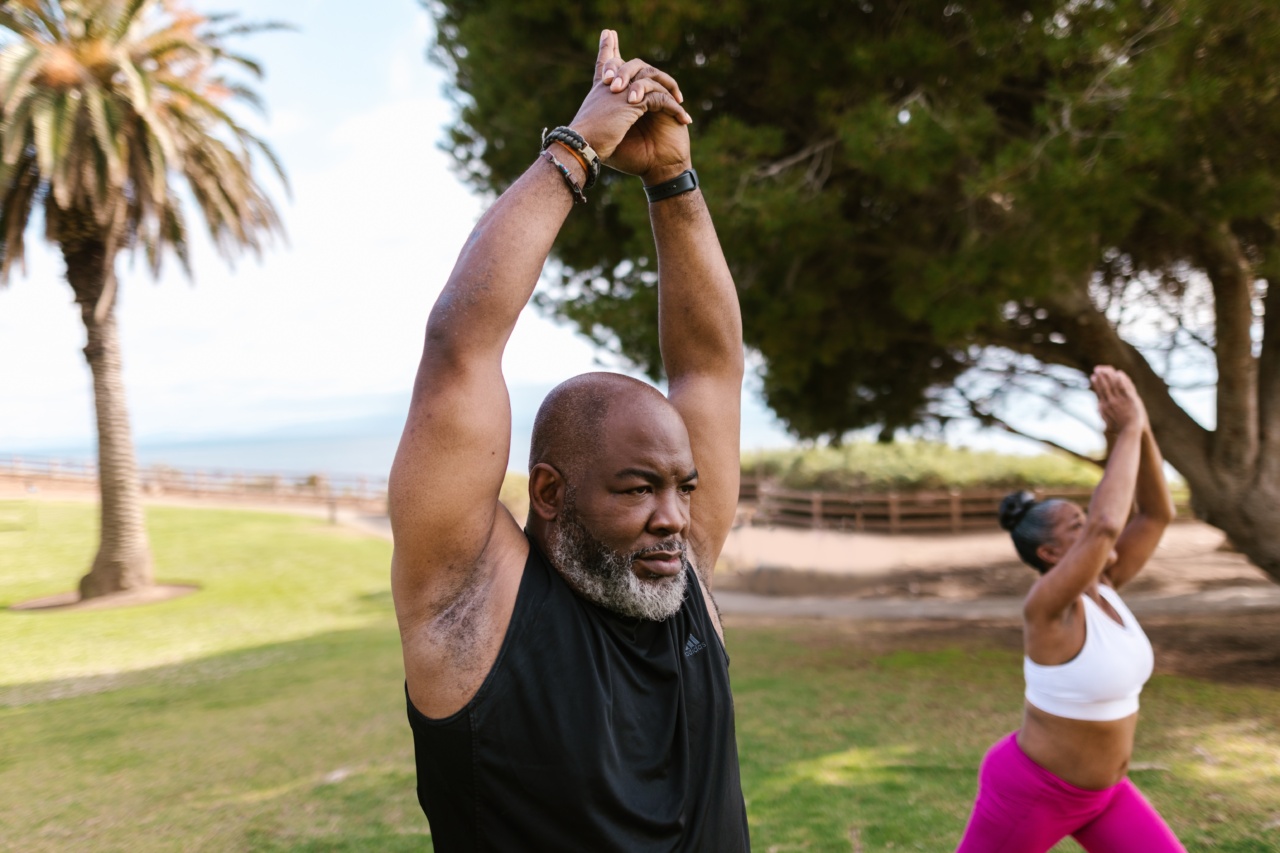As individuals age, they become more prone to fractures and injuries due to the natural process of bone degeneration. Fractures in seniors can have severe consequences, leading to reduced mobility, increased healthcare costs, and poorer quality of life.
However, research has shown that seniors who engage in regular exercise and physical activity can significantly decrease their chances of experiencing fractures. This article will explore the importance of regular exercise for seniors in preventing fractures and improving their overall bone health.
Understanding the Challenges for Seniors
As people age, their bones naturally become weaker and more fragile. This increased fragility, known as osteoporosis, is a common condition among older adults. Osteoporosis makes bones more susceptible to breaking, even with minor falls or accidents.
The likelihood of fractures increases with age, and seniors often require more time to recover from such injuries.
The Role of Exercise in Preventing Fractures
Regular exercise plays a crucial role in maintaining bone mass and strength, thereby reducing the risk of fractures in seniors.
Weight-bearing exercises, such as walking, jogging, and dancing, help stimulate the bones and promote the production of new bone tissue. These activities put stress on the bones, forcing them to adapt and become denser and stronger.
Benefits of Exercise for Seniors
1. Increased Bone Density: Exercise promotes the deposition of minerals in the bones, increasing bone density and reducing the risk of fractures.
2. Improved Muscle Strength: Strong muscles provide better support to the bones, reducing the chances of falls and fractures.
3. Enhanced Balance and Coordination: Regular physical activity helps improve balance and coordination, reducing the risk of falls and subsequent fractures.
4. Increased Flexibility: Stretching exercises improve flexibility, making movements easier and reducing the risk of falls.
5. Maintained Joint Health: Exercise helps keep the joints mobile and flexible, reducing the risk of falls and fractures.
Recommended Exercises for Seniors
1. Walking: Walking is a low-impact exercise that can be easily incorporated into a senior’s daily routine. It is beneficial for cardiovascular health and bone strength.
2. Tai Chi: This ancient Chinese martial art focuses on slow, controlled movements that improve balance, strength, and flexibility. Tai Chi is particularly suitable for seniors as it has a low risk of injury.
3. Swimming: Swimming provides a full-body workout without putting excessive stress on the joints. It improves cardiovascular health, muscle strength, and bone density.
4. Yoga: Yoga combines physical movements, breathing exercises, and relaxation techniques. It improves flexibility, strength, and balance.
5. Strength Training: Using resistance bands or weights can help strengthen muscles and bones. It is essential to start with light weights and gradually increase intensity to avoid injuries.
Creating a Routine
Seniors should aim for at least 150 minutes of moderate-intensity aerobic exercise, such as brisk walking, every week. Additionally, they should include strength training exercises at least two days a week.
It is crucial to consult with a healthcare professional before starting any new exercise regimen, especially if there are existing health conditions or concerns.
Additional Considerations
1. Proper Nutrition: Seniors should consume a balanced diet rich in calcium, vitamin D, and other essential nutrients that support bone health.
2. Safety Measures: It is crucial to create a safe exercise environment by wearing appropriate footwear, using assistive devices if necessary, and maintaining a clutter-free space to prevent falls.
3. Regular Check-ups: Regular check-ups with healthcare professionals can help identify and address any underlying health issues that may affect exercise routines.
Conclusion
Regular exercise is a powerful tool for seniors to decrease their chances of fractures and maintain overall bone health.
Engaging in weight-bearing exercises, improving muscle strength, and enhancing balance and flexibility can significantly reduce the risk of falls and fractures. Implementing a safe and regular exercise routine, along with proper nutrition and necessary precautions, can contribute to a better quality of life for seniors.































